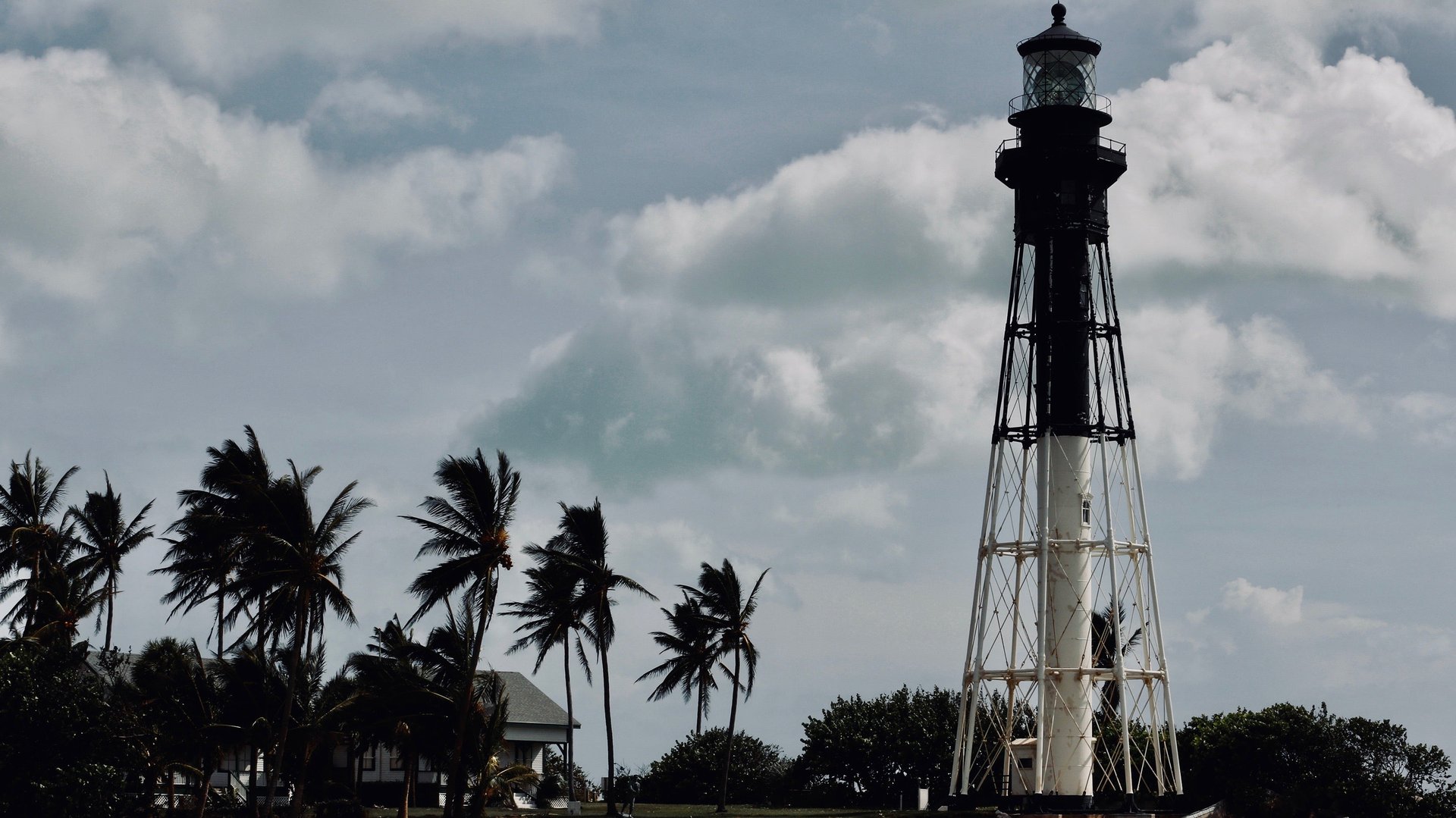You could be the proud owner of a Florida lighthouse
Uncle Sam wants you… to take some property off its hands.


Uncle Sam wants you… to take some property off its hands.
The US government has four lighthouses in the Florida Keys that it’s willing to give away for free to nonprofits and educational entities. Last month it was taking applications from interested parties. If no one qualifies for the giveaway, the lighthouses will be auctioned off to the general public.
A posting for a fifth Florida property, the Sand Key lighthouse, was updated on May 8 and it now appears to be for sale—you can bid for it online. According to the national “Real Property Utilization and Disposal” website, where “excess” government properties are listed, it is “a 120-foot cast iron pyramidal screw-pile tower located approximately seven miles southwest of Key West, first lit in 1853.”
The Coast Guard is getting rid of the properties because they don’t serve a practical function anymore. Historically, lighthouses were constructed to signal to sailors where the shore was, and to prevent shipwrecks. Now we have GPS, and few if any sailors rely on the historic structures to ensure their safety.
The National Historic Lighthouse Preservation Act (NHLPA) of 2000 dictates how the federal government can dispose of the structures. As the National Park Service explains on its website, “The NHLPA recognizes the cultural, recreational, and educational value associated with historic light station properties by allowing them to be transferred at no cost to Federal agencies, State and local governments, nonprofit corporations, educational agencies, and community development organizations.”
But any entity that obtains a lighthouse must comply with the law’s conditions. They have to agree to maintain the property and prove they are financially able to do so. If awarded a building, the owners must also make the lighthouse available to the general public for educational, recreational, cultural, or historic preservation purposes “at reasonable times and under reasonable conditions.”
Not all lighthouses fall under the NHLPA. Only those that are listed, or eligible for listing, in the National Register of Historic Places can be conveyed under that law. The Coast Guard makes the determination as to which lighthouses qualify before transferring a given property to the federal government’s disposal czars. Light stations that are not eligible for historic listing—the Sand Key lighthouse appears to be one of these—are sold through other processes, like online auctions.
Beyond their lack of practical utility to sailors and the Coast Guard, lighthouses now also face additional existential problems. With sea levels rising due to climate change, and shore erosion a constant concern, it’s harder than ever to maintain the historic buildings.
In Buxton, North Carolina, for example, a decades-long debate raged over how to save the iconic local lighthouse, which was threatened by age and extreme weather. Some people wanted to build a seawall around the structure, while others advocated for “managed retreat,” meaning that they supported moving the building inland.
The Buxton lighthouse was 200 ft tall and weighed 4,800 tons. Ultimately, the managed retreat team won the debate because erosion and rising seas would impact any potential seawall, just as they did the building it would be meant protect. The federal government, which owned the property, allocated funds to move the structure, and in 1999 the transfer inland began. Today, the Buxton lighthouse stands strong on terra firma.
If despite the perils and maintenance expenses you’re intent on getting a lighthouse for yourself or your qualifying institution, the Florida Keys listings can be your guide.